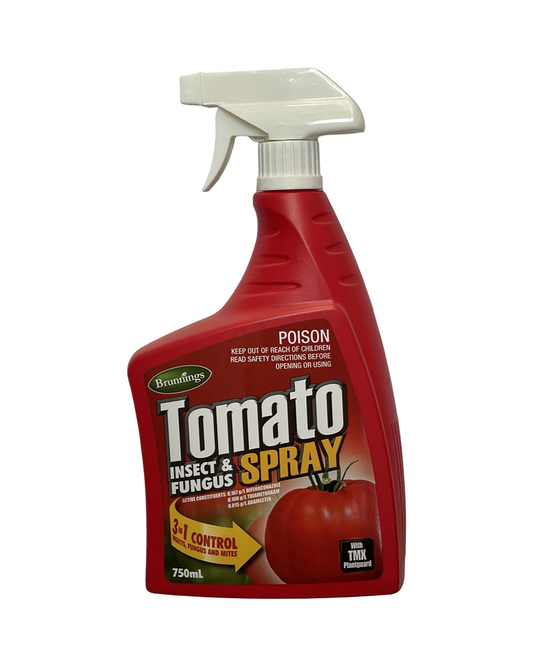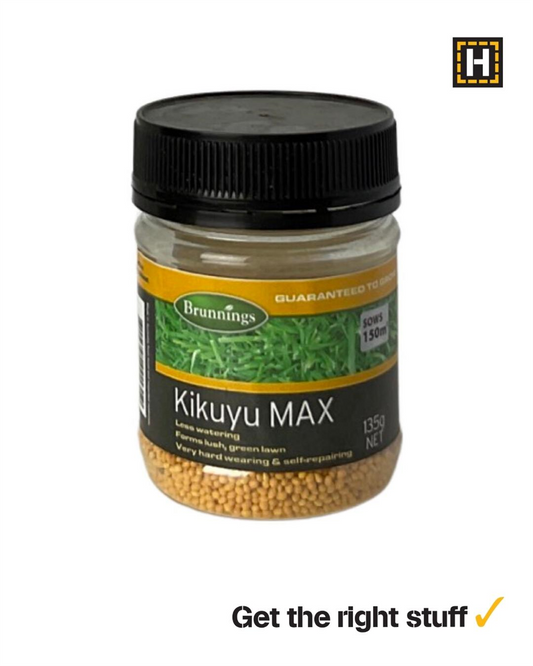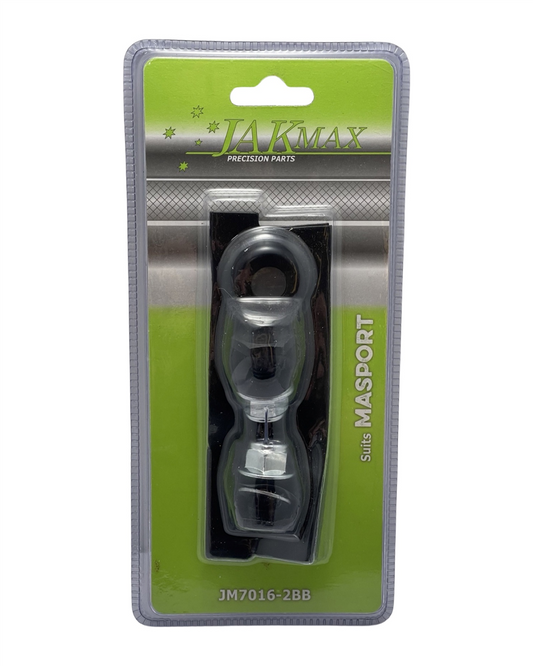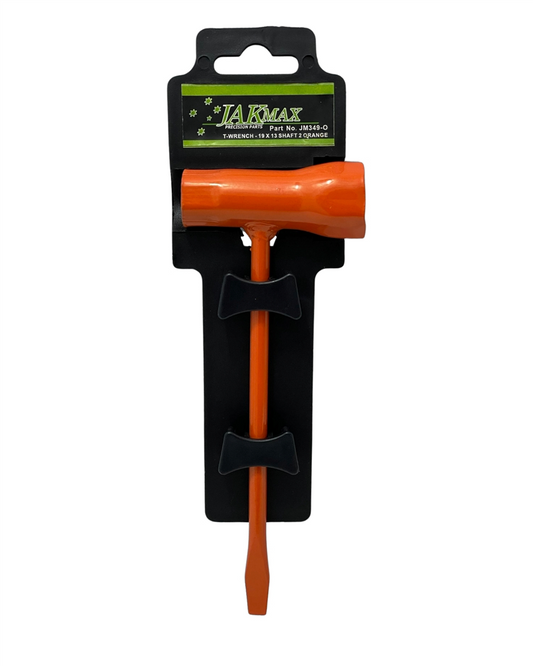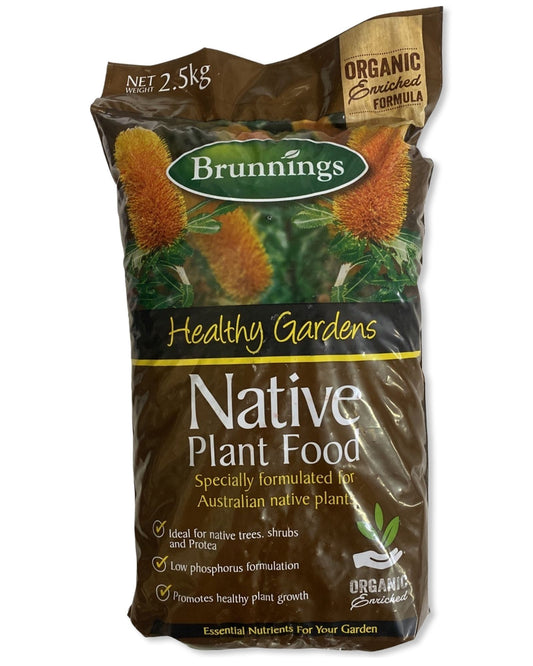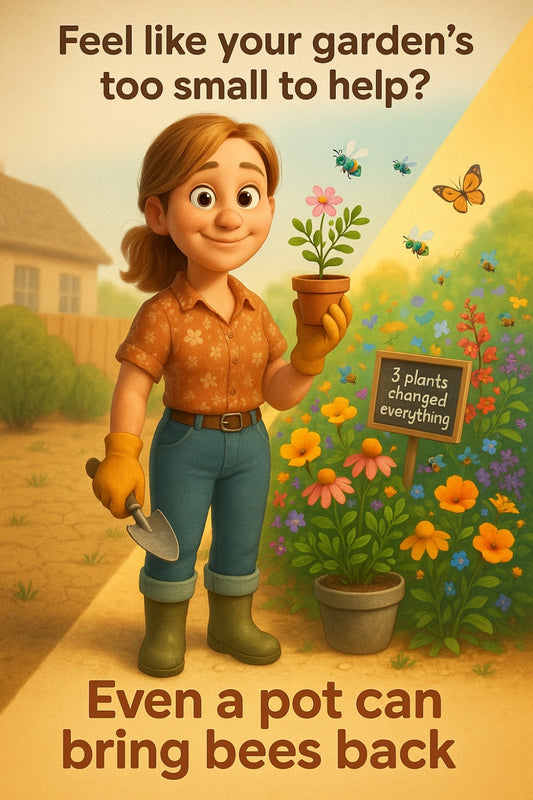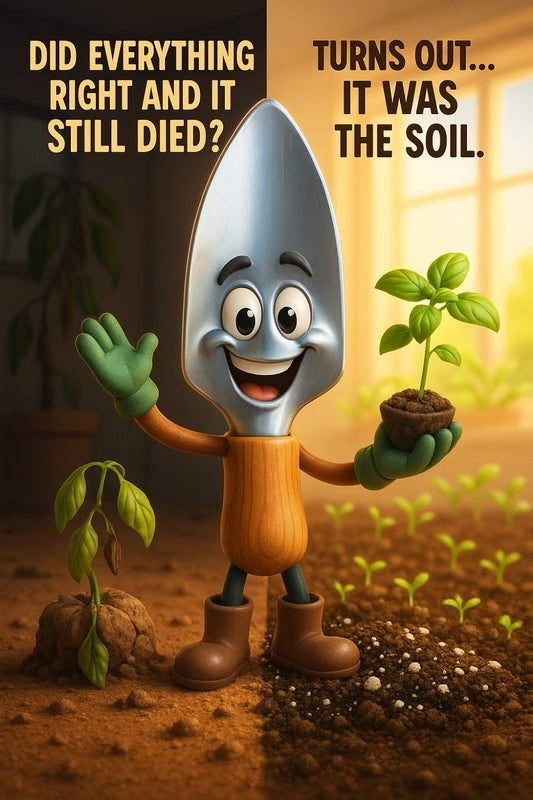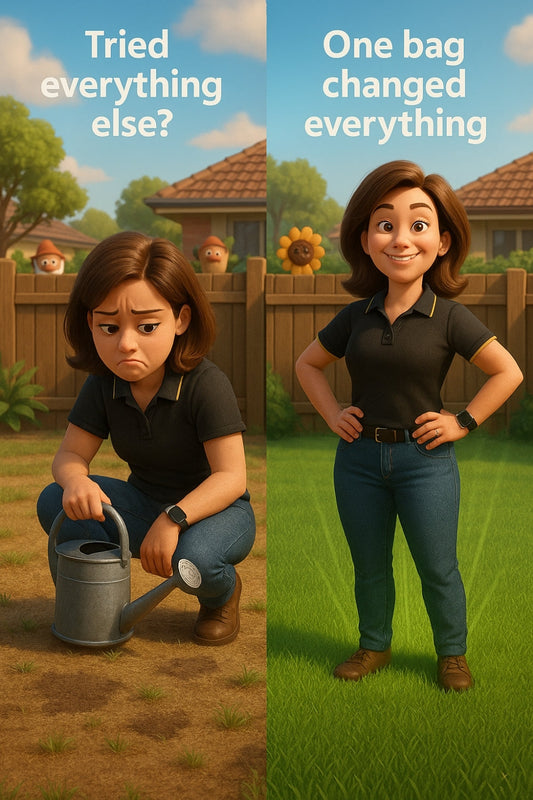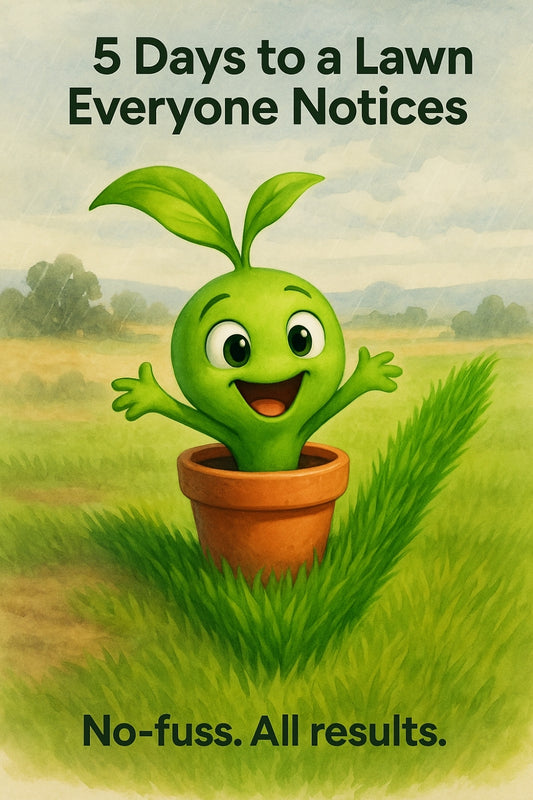The Pros and Cons of Drip vs. Sprinkler Irrigation Systems
Share
Drip or Sprinkler Irrigation? Choosing the Best System for Your Garden
So, you've taken the plunge and started your gardening journey. Maybe it's a veggie patch bursting with tomatoes and basil, or a flowerbed that dreams of rivaling the botanical gardens. Either way, you’ve got one big question—how do you keep it all hydrated without standing around with a hose for hours? Enter the irrigation showdown: drip vs. sprinkler. Let’s break it down so you can pick the best fit for your green oasis.
Drip Irrigation: Precision Watering at Its Finest
Drip irrigation is like the personal trainer of the watering world. It delivers water directly to the base of your plants, drop by drop, making sure each one gets the perfect amount. No waste, no fuss.
Pros of Drip Irrigation
- Water Efficiency: This method minimises evaporation and runoff, which means less water is wasted.
- Healthier Plants: Since water goes straight to the roots, leaves stay dry, reducing the risk of fungal diseases.
- Customisable: It's easy to adjust, expanding or reducing the system based on what your garden needs.
- Low Maintenance: Once set up, it requires minimal effort to keep running smoothly.
Cons of Drip Irrigation
- Installation Effort: It takes a bit of time and planning to lay out the tubing and ensure each plant gets covered.
- Initial Cost: While it saves water in the long run, setting up a good-quality system can be a little pricey.
- Clogging Issues: If not maintained, tiny holes in the system can get blocked with dirt or mineral deposits.
Sprinkler Irrigation: The Classic Choice
Sprinkler irrigation is the all-rounder—good for covering large areas with an even spray of water. It works well for lawns, flower beds, and any setup where plants benefit from overhead watering.
Pros of Sprinkler Irrigation
- Perfect for Lawns: If you’ve got a patch of grass that needs hydration, sprinklers get the job done fast.
- Easy to Set Up: It’s as simple as connecting to a tap and positioning the sprinklers where you need them most.
- Great for Large Areas: Bigger garden? No problem. Sprinklers cover a lot of ground quickly.
- Can Mimic Rainfall: Many plants love a gentle overhead watering, similar to a natural downpour.
Cons of Sprinkler Irrigation
- Water Waste: A lot of water can evaporate or be lost to wind drift, making this system less efficient.
- Disease Risk: Wet leaves can lead to fungal issues, especially in humid weather.
- Uneven Coverage: If not positioned correctly, some areas can get too much water while others stay dry.
- Higher Water Costs: More water output means higher usage, which might not be the best option if you're watching your water bill.
So, Which One is Best for You?
If you're growing veggies, ornamental flowers, or have a garden full of plants with different watering needs, drip irrigation wins hands down. It saves water and ensures every plant gets exactly what it needs. But if you're covering a large lawn or want a fuss-free method for an expansive garden, sprinklers might be the way to go.
Want the best of both worlds? Many gardeners combine these systems! Drip irrigation for specific plants and sprinklers for general coverage can keep everything happy without breaking the bank.
Need help choosing the right system? Drop into Strathalbyn H Hardware, and the team will help you get set up!
 Stay Connected
Stay Connected
Join our gardening community on Facebook the Urban Gardener's Notebook
And follow our Store Facebook Page: Strathalbyn H Hardware on Facebook

